In recent times the wealthy citizens of Debrecen have not benefited from the elite status of aristocrats, but in the past they did, and they followed the classical practices in the design of the luxury houses. Just as in Rome, houses that are used for holiday or permanent residences, – outside of the city were called just “Villas” and those built on estates belonging to the category ‘Villa Rustica’, while those built for entertainment were ‘Villa Urbana”.
The Great Forest had become a popular place to walk by the end of the 18th century. Neither water nor wooded parks were in the city center at the time and so, to get relief from the dusty dry heat. The clean, cool, forest air between the trees offered great relief. In 1794, the city leaders considered it dangerous and unnecessary to park in the part of the Great Forest facing the city, let alone build an “ordinary” entertainment place in it. The rigid attitude changed radically by the 1820s. The sparsely forested south side was opened to walkers in an attempt to keep them away from the forested area.
The city developer designed the “public promenade” (today’s Simonyi út) in 1815. At the same time, large plots of land for sale were measured on both sides of the road and covered with thick sand. In the woods, the extreme part west of the Péterfia gate was already used as an “ornamental garden” in 1819. Pine trees, among others, were planted along the arched walkways here.
The forest was declared a national park in the 18th century, and it was entered in the register of protected natural areas with the number 1 in 1939. Today, the Great Forest is home to protected plant species and animals and named after its huge 100-120-year-old trees.
Wealthy citizens bought plots of land next to the promenade for their holiday homes in the 1830s and built mansion-like villas.
The desire of the citizens to build villas was revived at the beginning of the 19th century, and the construction of places of entertainment, the success of the club “Great Forest Vigadó” in 1826 probably contributed to it. The club was outside the city, and therefore military officers could take a horse-drawn carriage ride with their lovers along the Avenue (today’s Simonyi Road). Over time, more and more lavish, small grand Villas lined up on today’s Medgyessy promenade, along the road, and then on the other streets as well.
One of the most astonishing villas was the villa of Dr. Béla Szentpéteri Kun, Professor of Law, the former rector of the university, built in 1912 in Art Nouveau style and designed by József Boros. In the two-story villa at Simonyi Road 40, the ground floor served the living room, the upper level was the personal space. The cast-iron fence is special because it has the same pattern as the one that originally stood in front of the Csokonai Theater.
The art deco palace at 42 Simonyi út, which was designed by István Sajó, architect, for his friend Jenő Fényes, a criminal lawyer, in 1929. Interestingly, ajó was considered the only representative of art deco in Debrecen. Some of his completed villas on Simonyi road and his house on Hatvan road and Vásáry István street were special highlights of the local architecture of the turn of the century.
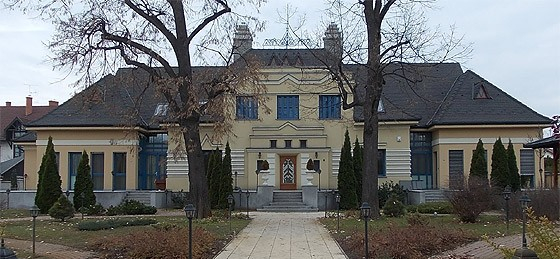
A few steps away there is the Villa Hotel and Krúdy Restaurant, which has been in its current location since 1830. Seeing its grand appearance, it is hard to imagine that it once functioned as a forest residence.
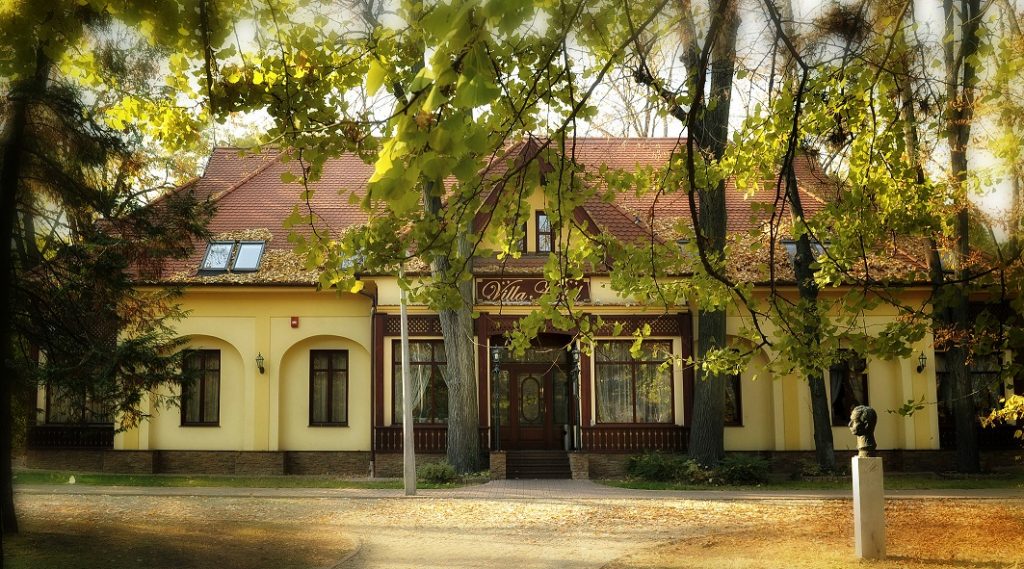
Gyula Rimanóczy’s rental villa from 1934 shows a mature, beautiful solution at the end of University Avenue (Egyetem sugárút 70). The “modern” building was mainly influenced by the aesthetics of the Bauhaus, but the Rimanóczy villa is somewhat reminiscent of the early single-cube houses of Le Corbusier, which were built in the late 1920s.
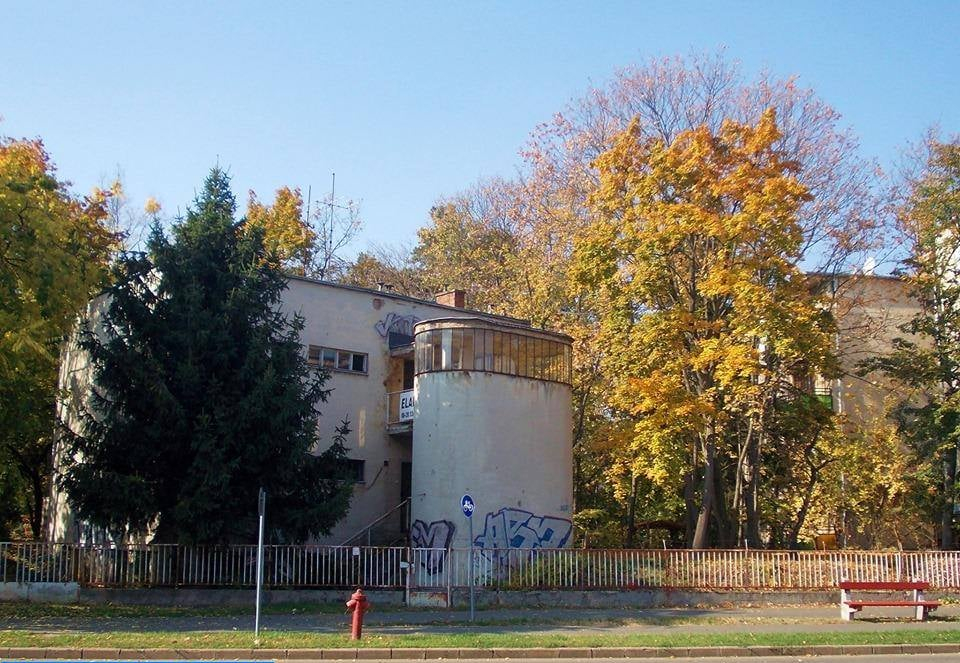
Between 1928–1929, Borsos designed the small villa (Ary villa) for Lajos Ary in Sestakert (Sestakert u. 4). which today, together with its contradictions, is one of the most interesting buildings in the district.
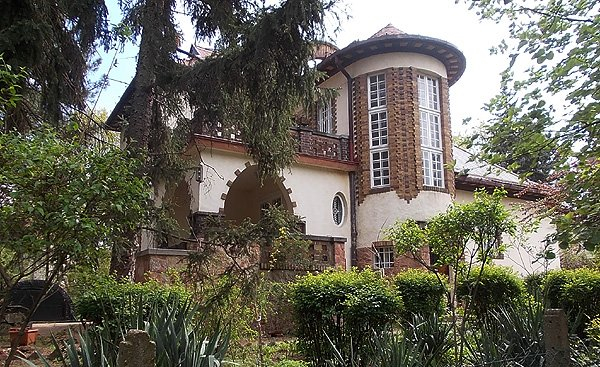
It is worth taking a walk around the university where you can discover small palaces next to the main building. With the founding of the Hungarian University of Debrecen in 1912, large-scale construction began in the city. Debrecen donated a huge area to the university for the establishment of the central building and the clinical hospitals. The construction of which was accompanied by the construction of the existing professor villas. Architect György Dénes dreamed up the teacher’s flats in 1929 in a style suitable for the neo-baroque main building designed by Flóris Korb. Zoltán Rácz, an architect from Debrecen, stated those villas “elevated the representatives of science to the rank of the aristocracy.” Today, those buildings next to the university church are not functioning as professors’ apartments, but as a home of the Erasmus office, the FM90 Campus Radio studio, and the editorial office of the magazine “Egyetemi Élet”.
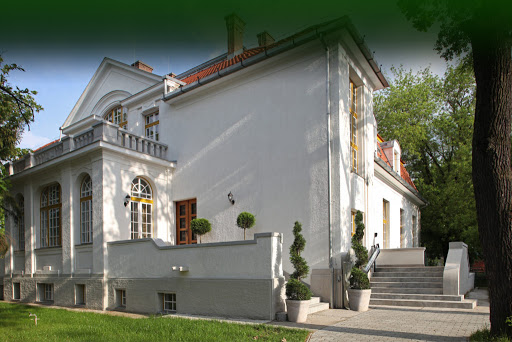
In the area of the Clinics, it is worth visiting the Kenézy Villa built in 1926 according to the plans of Flóris Korb. The villa was built in parallel with the workplace of Gyula Kenézy, obstetrician-gynecologist and university professor. The purpose of the construction was to provide a home for the doctors near to their workplace. Kenézy himself lived here until his retirement, and several professors did so too. Today, the building is the home of the Professors’ Club, but it also houses a large-scale medical collection, which presents the history of medicine and medical professions in Debrecen with more than half a thousand exhibits and age documents. The exhibition can be visited by prior appointment.